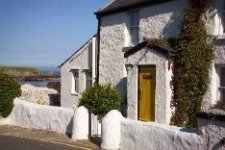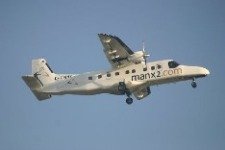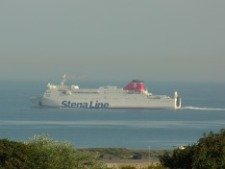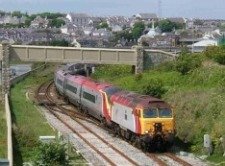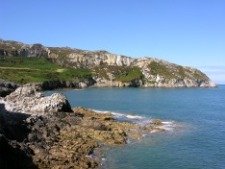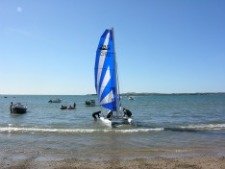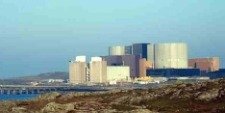|
Cospatrick Disaster and the Twm Pen Stryd Survivor
When sold to Shaw, Saville and Co. in 1873, she was employed to carry passengers and cargo to New Zealand.
And so it was on 11 September 1874 the Cospatrick sailed from London bound for Auckland. There were 429 passengers and 44 crew on board plus general cargo.
The Captain, A Elmslie, had brought his wife and young son on the voyage.
By Tuesday 17th November she was south west of Cape of Good Hope and several hundred miles from land. At around midnight, just after the change of watch, the cry of fire rang throughout the ship.
This would drive the flames forward and away from the ship until those fighting the fire could bring it under control. The ship had, however, lost steerage and was virtually uncontrollable. She came round, instead, with her head to the wind and the smoke engulfed the whole length.
The fire soon took hold and spread throughout the ship. An hour and a half after the discovery of the fire the flames had such a hold on the "Cospatrick" that her fate was sealed.
Panic stricken passengers started to rush the lifeboats and the first one to get away was swamped by terrified migrants and it capsized and sank.
Both lifeboats had insufficient oars and neither had food, water, masts or sails. By 23rd November the two boats became separated, one of which was never seen again.
On the remaining lifeboat thirst, hunger and delirium took its toll and bodies were heaved overboard. Hunger and thirst amongst the remaining survivors increased and they drank the blood and consumed the livers of the dead to sustain themselves.
Four days later a boat passed within 50 yards of them but failed to stop. By 27th November there were only 7 survivors. Two more died that day.
The following day they were all dozing, weak from hunger and deprivation, when the second mate awoke and saw a ship bearing down upon them.
It was the British Sceptre en-route from Calcutta to Dundee. The ship rescued them and took them to Helena.
Of those rescued a further two died shortly afterwards. The three survivors were Edward Cotter, Henry McDonald and Thomas Lewis.
And the association with Twm Pen Stryd, Moelfre on Anglesey is that it was the home of Thomas Lewis, one of the above three who survived the disaster.
|






